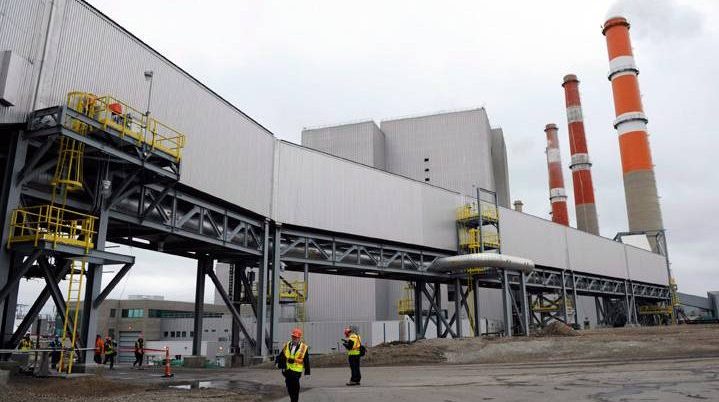The agreement between the Saskatchewan and federal governments outlining the future wind-down of coal-fire electricity may be pushed back. Saskatchewan Environment Minister Dustin Duncan initially hoped to sign the deal in March, but it may be pushed back to April or May.

The terms of the agreement were agreed to and published in the Canada Gazette on Dec. 29, 2018. That began a 60-day public comment period.
Duncan received cabinet approval to sign off on the agreement at their Feb. 14 meeting and said his federal counterpart, Catherine McKenna, received federal approval to sign. However, McKenna’s signing authority is subject to a new 60-day public comment period.
“I’m hopeful we can sign something in March, but if it’s not March it could be April or May,” Duncan said. “We’re ready on our end, I think that’s the takeaway. We’re ready to sign the equivalency agreement.”
In short, the agreement allows coal power plants like Boundary Dam 4 and 5 to continue operating until 2021 and 2024 respectively. Without the agreement, the Estevan-based power plants would have to shut down at the end of 2019.
Under this agreement, the Estevan’s Shand Power Station would have to shut down in 2030 instead of it’s original shutdown date, 2042. If the facility receives a carbon-capture and storage (CCS) retrofit it could continue operating past 2030.
“Our urge to the federal government would be to be our partner, and help us look at ways we can continue to use coal with CCS beyond 2030 and provide some certainty for those communities, so that’s our intent now,” Duncan said.
- What is a halal mortgage? How interest-free home financing works in Canada
- Capital gains changes are ‘really fair,’ Freeland says, as doctors cry foul
- Budget 2024 failed to spark ‘political reboot’ for Liberals, polling suggests
- Starbucks looks likely to win U.S. Supreme Court case involving pro-union workers
Boundary Dam 3 will be able to keep operating past 2030 because it has CCS. A decision on whether or not to retrofit Shand with the technology is not expected for another four or five years.
In addition to timelines, there are also emission targets built into the equivalency agreement.
Coal power makes up a significant part of the local economies in communities like Estevan and Coronach, Sask.
Duncan said there is a federal committee working on solutions to stimulate new economic opportunities in these communities once coal is phased out. He said Saskatchewan has made, and will make officials available, but will leave the heavy lifting to Ottawa.
“Ultimately, it’s the federal government deciding coal will not be used in Canada beyond 2030, so it should be and rightfully is up to the federal government what’s the best way to help those workers,” Duncan said.




Comments